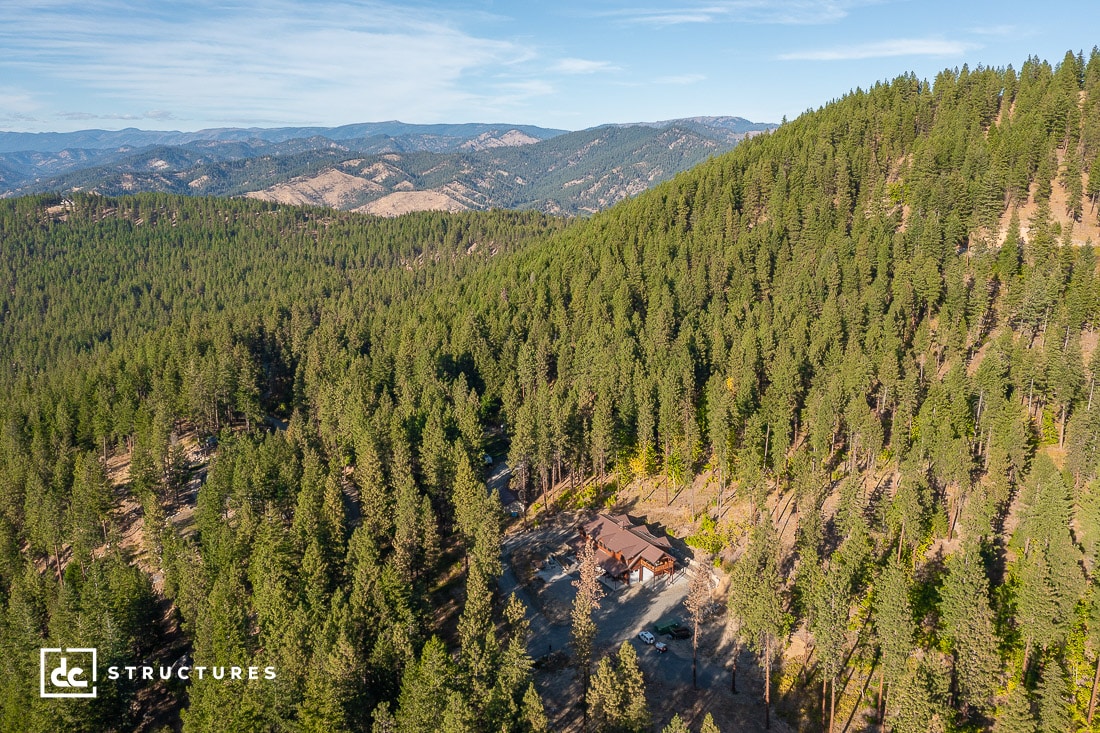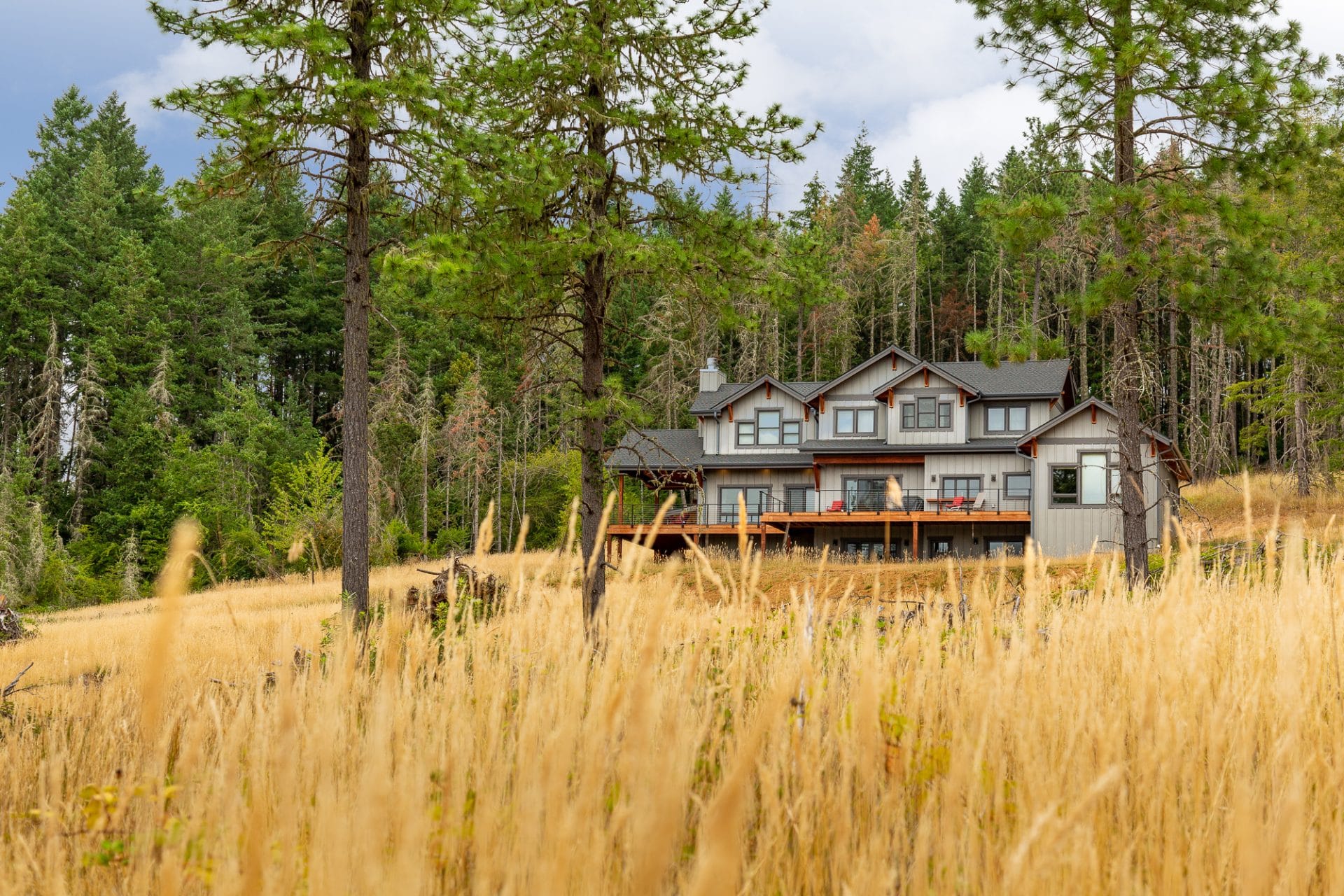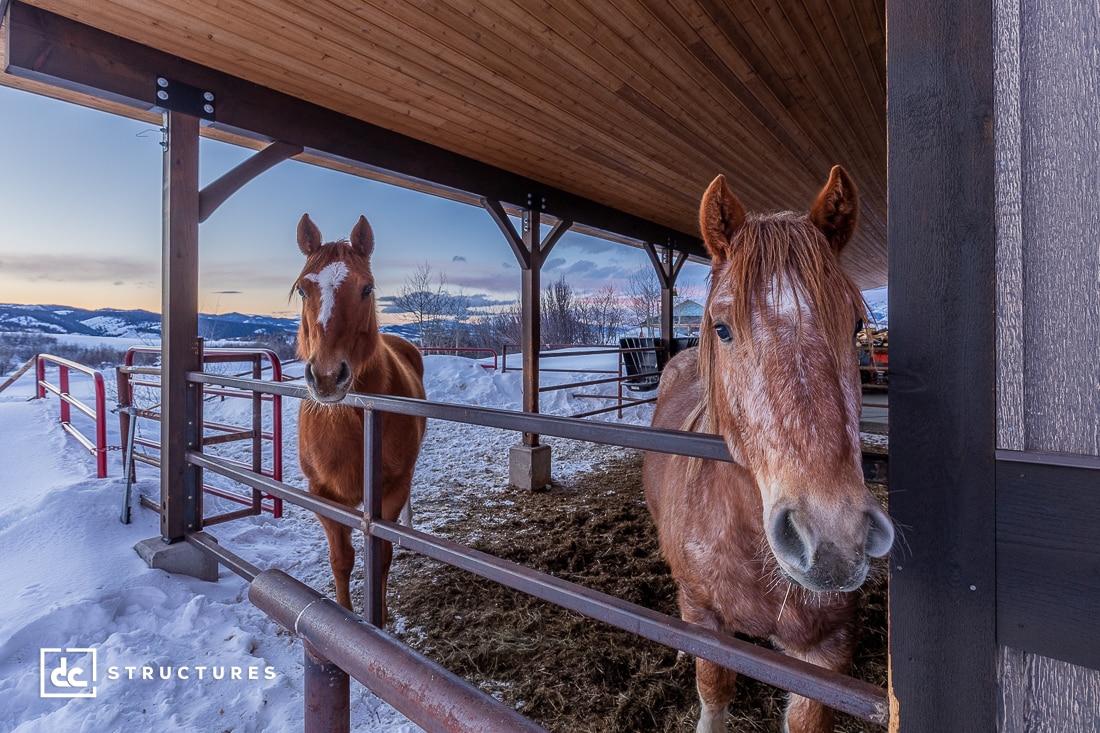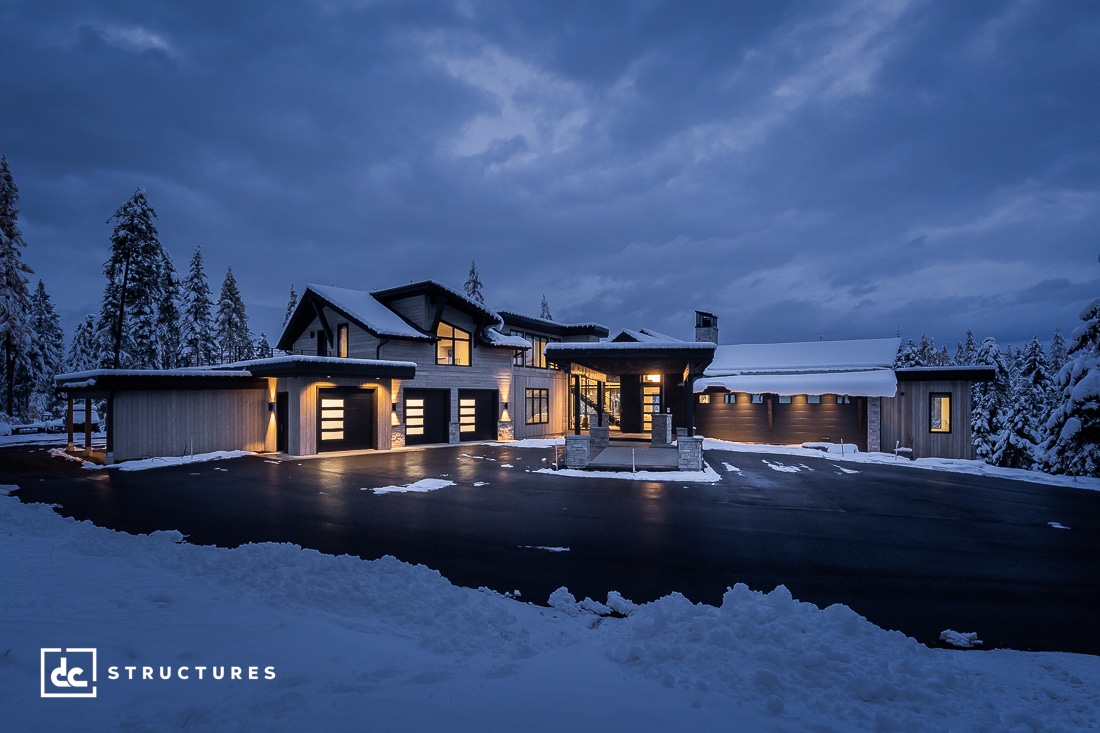As housing costs continue to skyrocket, more people are warming up to the idea of living in the woods to escape rising rent and mortgage payments. But it’s not just about embracing solitude to cut costs; plenty of Americans want to live in nature because they feel happier and healthier in the great outdoors. While most are likely to live semi-close to civilization, some would rather live alone on a secluded island. If this sounds like you, it may be time to ask yourself – are you ready to live off the grid?
The Move Back to Nature
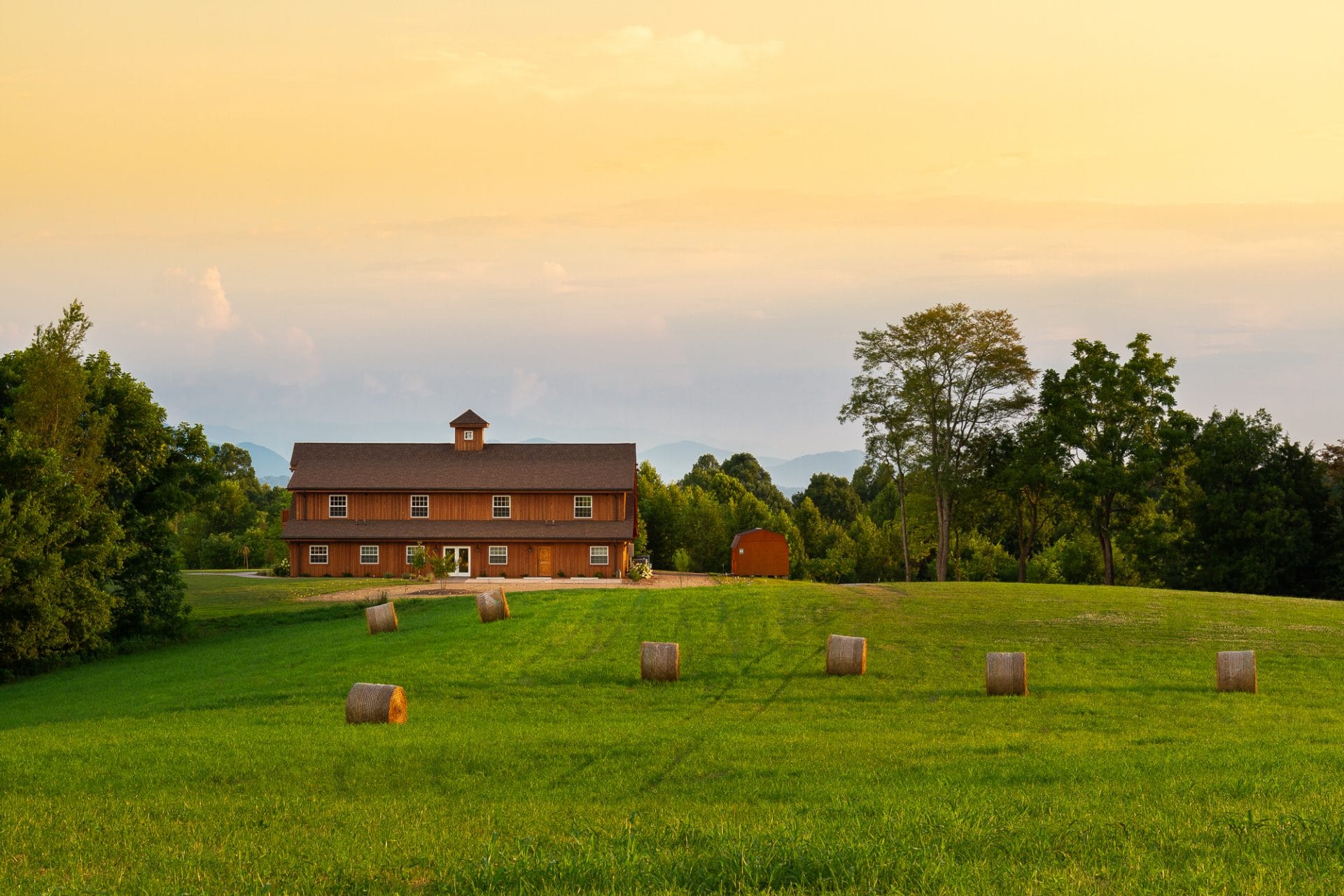
At some point in history, our ancestors thrived in nature while wearing nothing but loincloths and blanketing themselves with rocks. Okay, so that latter part may not be true, but there are plenty of studies that reveal a direct correlation between nature and happiness.
For instance, researcher Frances Kuo studied housing projects in Illinois with trees versus those without. She found that the housing projects with trees had lower crime rates and levels of aggression. The thinking behind this is that living in an environment with trees encouraged neighbors to spend more time outside socializing with each other, thus forming more meaningful connections.
Another study conducted by psychologists John Zelenski and Elizabeth Nisbet discovered that our emotional connections with nature shaped our attitudes and lifestyle choices. They found that our connection to nature correlated with our well-being, and that it was distinct to other connections in our life such as those with family and friends. More importantly, psychological connections with nature were found to positively influence attitudes toward sustainability, which is essential for preserving the environment.
And it makes sense. Nature gives us the ability to disconnect from the fast-paced technological world we’re used to and connect with our more primal instincts. It also encourages us to take better care of the planet when we’re constantly interacting with the natural world around us. So now that we understand nature makes up happier people, what’s not to love about living off the grid?
The Realities of Isolated Living
Supplies
Turns out there are some things you may not love about living in an isolated area, one of which being the inconvenience of obtaining supplies.
Gone are the days of walking down the street to Kroger for water and toilet paper. Depending on where you live, getting groceries could turn into a trek and a half. When shopping for supplies, it’s important for residents of remote areas to stock up as much as possible. However, for supplies like firewood and water, some homeowners in the wilderness like to chop their own wood. There are also ways to filter lake water for drinking and cleaning purposes. And if you really get hungry, you can always go fishing or hunting for your next meal. Best part, it’s completely free.
Emergency Care
The further you are from densely populated areas, the harder it is for first responders to reach you in the case of an emergency. Those living in remote areas are advised to learn first aid and pre-hospital care practices. This way they can assist themselves and others while waiting on emergency care professionals to arrive.
Extreme Weather
Depending on where you decide to live, you need to know what kind of weather to expect for every season, as well as any natural disasters at risk of occurring. Extreme weather poses a threat to even the most prepared and careful individuals. As a rule of thumb, it’s essential to own an emergency first aid kit, have plenty of water and non-perishable food stored away, heat and light sources, and be aware of any incoming changes in weather. If blizzards often occur in your chosen location, check out this helpful article from Eureka detailing survival tactics in the event of a snowstorm. Otherwise, it’s always a good idea to winterize your home or cabin prior to the winter season.
Could You Abandon City Living?
Isolated Doesn’t Mean Lonely
It’s often assumed that people who live alone or in isolated areas are lonely, but research shows that’s not necessarily the case. In fact, even some of the most densely populated cities in the world can feel incredibly isolating for residents who see hundreds of people in a day but never interact with them.
The reality is that there’s a clear divide between being isolated and being lonely. Those who are isolated but not lonely often demonstrate the following characteristics:
- They enjoy their own company and tend to be reserved
- They either have satisfying relationships with family and friends or have always kept to themselves
- They usually don’t have children
- They’re self-sufficient people
- They spend holidays alone by choice
If you don’t find these characteristics relatable, remote living may not be the right fit for you. This is especially true if you wish for more friends or feel lonely quite a bit. But remember, everyone can feel lonely no matter where they live in the world so it’s essential to find an environment that matches your personality and lifestyle best.
Choosing Your Next Home
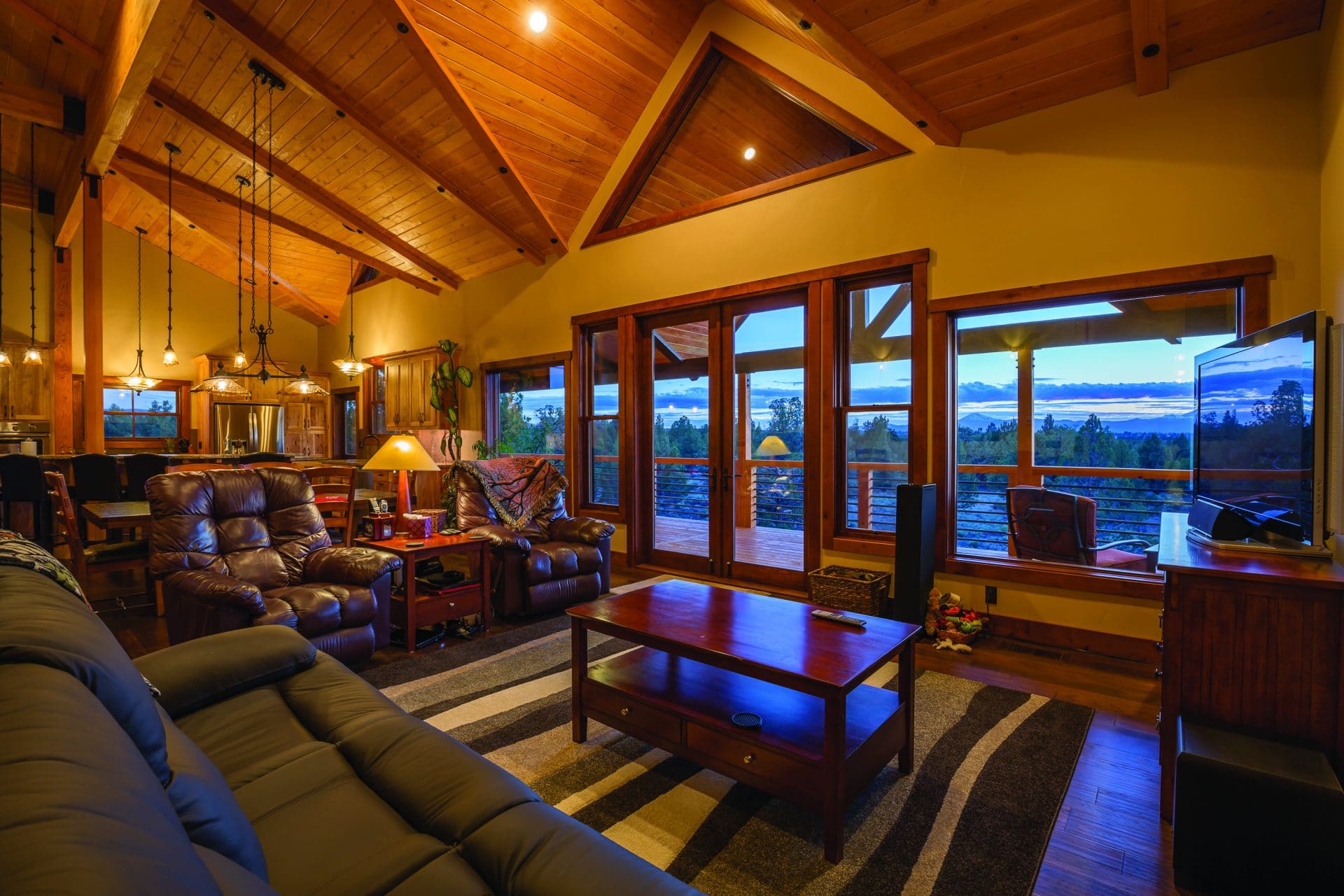
So now that you have a broad scope of what to anticipate before moving to a remote or rural area, here are a few additional details to consider.
Location
How far do you actually want to be from civilization? While some outdoorsy folks would be thrilled to live a secluded existence in the forest, others might find themselves on the fence. Are you willing to drive an hour, maybe two hours to your nearest grocery store, mechanic or hospital? These are all factors to think about prior to picking out your plot of land. The cheap cost of living in a remote area may be exciting, but just make sure it’s not the primary consideration in your decision.
Comfort
How comforting is it to live in isolation? Does the thought of being alone for hours, days, and weeks on end seem like a perfect living situation or a prison sentence? Depending on how self-reliant you are, you may find that you have no trouble adjusting to a life in the great outdoors. And while you may love using a composting toilet or bathing in the lake, it’s not a necessity for everyone living in remote areas. You can install modern plumbing or heating sources in remote structures, but it’s recommended that you hire a professional in case of complications. Keep in mind you could end up paying more to cover the travel costs for your handyman. Nevertheless, it’s better to know your comfort level rather than try to adapt to a lifestyle you’re not completely on board with.
Technology
Those who enjoy the small comforts of modern technology, like a computer with Wi-Fi or smart phone, might find themselves restless without the ability to easily connect with others on the Internet. If this is the case, you’ll want to ensure you have internet access set up in your new residence. Luckily, you still have plenty of access to modern conveniences, including solar panels, that make remote living feel less primitive.
And after all this, if you find yourself desiring a level of modern comfort while still feeling eager to get away, you may want to consider cabin living as a great middle ground. The choice is yours!
